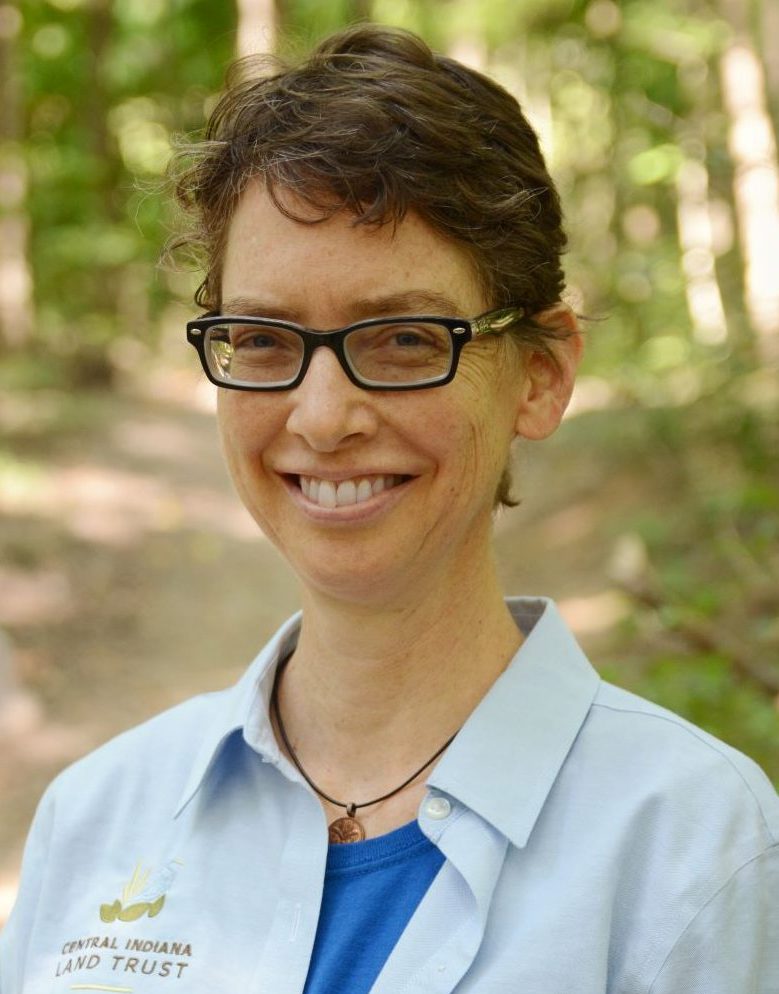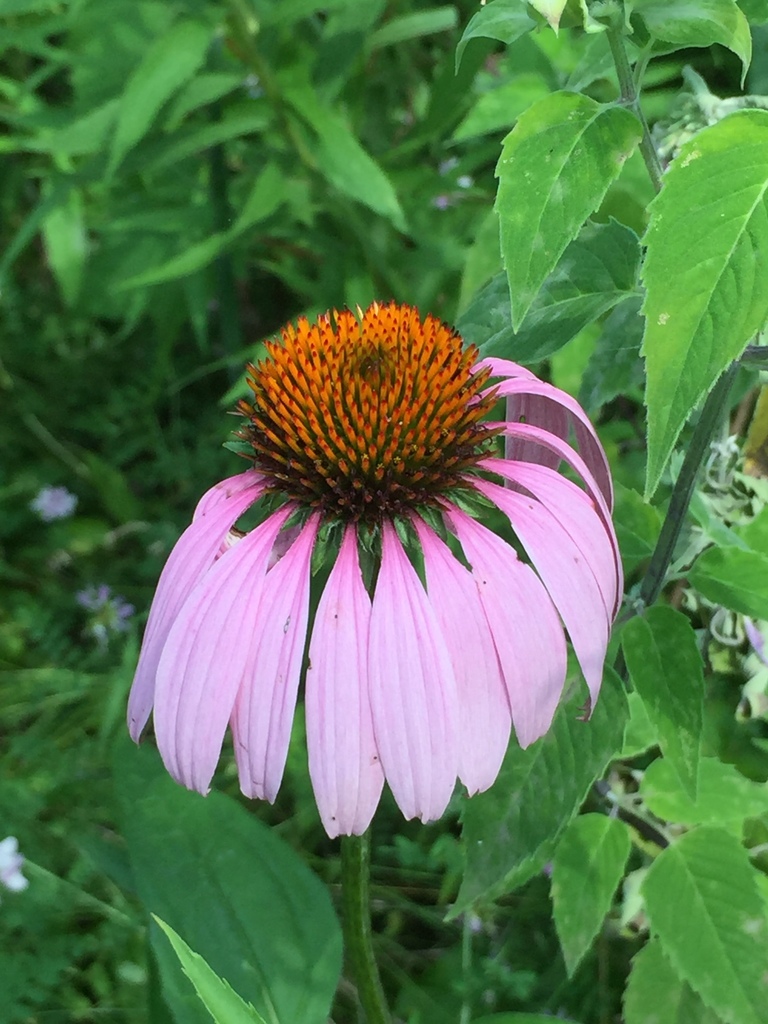An Update on our Tree Planting Pledge
In May of 2020, our stewardship crew placed a small red flag in the ground. The bare sticklike plant next to it was marked sapling #1.

Shawndra Miller
Communications Manager
An Update on our Tree Planting Pledge
In May of 2020, our stewardship crew placed a small red flag in the ground. The bare sticklike plant next to it was marked sapling #1.

Communications Manager
Part of a series on CILTI’s conservation targets by guest blogger Ed Pope
Groundwater wetlands are areas where the land drops below the water table. These wetlands are more likely to stay wet than those that are replenished by rainfall. They provide excellent habitat for a variety of animals and plants.
Seeps and fens are examples of groundwater wetlands. Seeps are areas where water flows to the surface very slowly through small openings in the ground. They are usually small, often no more than puddles.
Fens, like bogs, are peatlands, but they differ in the source of their water. Bogs are usually filled with rainwater instead of groundwater. Fens contain flowing water and tend to have more minerals, which are dissolved into the water while it is underground.
Eight core conservation areas in our conservation plan have groundwater wetlands:
Only two have portions that are currently protected: Lower Sugar Creek and Mill Road Marsh and Fen.
For more on wetlands, see SB 389: Wrong for Indiana, by Cliff Chapman.

Guest Blogger
Part of a series on CILTI’s conservation targets by guest blogger Ed Pope
Although most of Indiana was wooded when Europeans first arrived, forest interior habitat is very rare today. Most forested land was cleared for farming, and while small woods can be found on many farms, there are very few large unbroken tracts of forest remaining. Continue reading

Guest Blogger
Creating future habitat for Eastern box turtles and many other species, we kicked off our million tree initiative this year. We’ve pledged to plant one million trees over the coming years in strategic sites, linking up hundreds of acres of fragmented land to benefit sensitive wildlife. Our tree-planting efforts so far buffer Meltzer Woods, Glacier’s End, Mossy Point and Wallace F. Holladay Preserve. Continue reading

Communications Manager
Part of a series on CILTI’s conservation targets by guest blogger Ed Pope
Since most of Central Indiana is relatively flat, it doesn’t contain many canyons, waterfalls or spectacular rock formations. This makes those that exist, such as Mossy Point‘s striking sandstone bluffs, all the more precious.

Guest Blogger
The Natural Resources Commission has approved additions to two of our nature preserves, declaring the extensions state-dedicated. The decision adds a total of more than 65 acres of protected land to the Laura Hare Nature Preserve at Blossom Hollow in Johnson County and the Mossy Point Nature Preserve in Parke County.

Communications Manager
FOR IMMEDIATE RELEASE
May 12, 2020
This week the Central Indiana Land Trust Inc. (CILTI) is planting 15,000 trees in Johnson and Parke counties. These are the first of CILTI’s 1 million trees being planted in Central Indiana and in addition to Gov. Eric Holcomb’s commitment to planting 1 million trees in the state over the next five years.

Media Relations
FOR IMMEDIATE RELEASE
Nov. 14, 2018
Pristine acreage is “the most beautiful place we’ve ever protected”
The Central Indiana Land Trust purchased 25 acres of land to add to the Mossy Point Nature Preserve in Parke County. The newly purchased property also adjoins CILTI’s 191-acre Mossy Point Preserve; DNR’s Covered Bridge Retreat property; and Wabash College’s state-dedicated nature preserve Allee Woods, creating an approximately 700-acre swath of contiguous protected property.
“This is the most beautiful place we’ve ever protected,” Central Indiana Land Trust Executive Director Cliff Chapman said. “The terrain, the vegetation, the wildlife … it’s just a breathtaking display of natural Indiana. It’s like a small, unspoiled Turkey Run.”
Located along Sugar Creek, the new Mossy Point acreage includes a sandstone canyon, a rocky creek bed and unspoiled wooded areas with tree species including white oak and shagbark hickory. Craggy landscapes extending down to Sugar Creek host Ice Age remnant stands of Eastern hemlock, and shady areas give space to unusual plants such as wintergreen and partridgeberry.
“This is an iconic landscape that was not able to be shared until now. It is such an honor to be able to protect this hidden treasure and be able to share it with all Hoosiers in the future,” Chapman said. “The property connects two nature preserves. It is keystone to the larger area for plants, animals and for people to enjoy.”
In addition to being the Land Trust’s most beautiful acquisition, the new acreage also represents the quickest transaction the organization has ever closed. Owners – and longtime Land Trust members – Cliff and Dixie Kunze had already put “For Sale” signs on the land when the Land Trust heard it was on the market. Four weeks after initial conversations, the deal was closed.
“Understandably, the Kunzes weren’t sure we could move fast enough to get the deal completed and get them a good price for their land,” Chapman said. “Once they understood the urgency of the precious landscape that could be lost, our partners and members rose to the occasion, and the Kunzes were able to protect the land they love while still getting fair market value for it.”
Vulnerable species of breeding birds also find sanctuary in the Sugar Creek Valley, including critical populations of wood thrush, cerulean warbler, worm-eating warbler, Louisiana waterthrush and hooded warbler, as well as bald eagles.
The Land Trust raised $191,000 to purchase the 25 acres. Funding for the project came from the State of Indiana’s President Benjamin Harrison Conservation Trust, The Nature Conservancy, Steve and Catherine Simon, Efroymson Family Fund and members of the Central Indiana Land Trust.
About the Central Indiana Land Trust
CILTI preserves the best of Central Indiana’s natural areas, protecting plants and animals, so Hoosiers can experience the wonder of the state’s natural heritage. Since it was created in 1990, CILTI has protected more than 5,400 acres of land that meet science-based criteria for conservation value. More information at www.ConservingIndiana.org.
# # #
MEDIA CONTACT: Jen Schmits Thomas, jen@jtprinc.com, 317-441-2487
INTERVIEW SOURCE: Cliff Chapman, Executive Director, Central Indiana Land Trust, 317-525-3329

Media Relations
PARKE COUNTY, Ind. (WTHI) – If you drive on US 41 north of Turkey Run State Park, you’ll find a cabin off the east side of the highway. It’s a scene picture perfect for Parke County. And not far from this cabin is a ravine that’s home to rare and endangered plant and animal species. Both are part of nearly 400 acres of land owner Joe McCurdy donated to the Central Indiana Land Trust as part of a conservation easement. Continue reading

Media Relations
May 24, 2017
Conservation easement ensures property near Turkey Run State Park won’t be developed
Having spent years purchasing property near Turkey Run State Park, local entrepreneur and nature lover Joe McCurdy has donated to the Central Indiana Land Trust a conservation easement on 394 acres that provide a home to rare and endangered flora and fauna. Continue reading

Media Relations